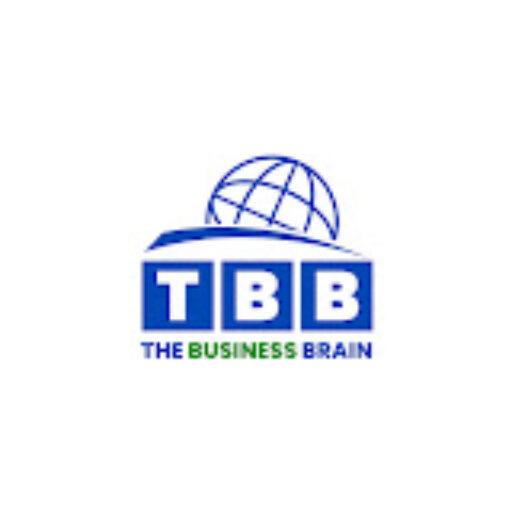The Gig Economy has rapidly transformed how businesses and individuals approach work, leading to a more flexible, decentralized model. As we move into 2024 and beyond, several trends and developments are shaping the future of work, business, and employment in this emerging landscape.
Introduction to the Gig Economy
The Gig Economy refers to a labor market characterized by short-term contracts, freelance work, and on-demand roles, often mediated by digital platforms. Over the past decade, it has evolved into a significant part of the global economy, driven by advances in technology and changing workforce preferences. Workers are no longer tied to a traditional 9-to-5 schedule; instead, they seek flexibility and control over their working lives.
Key Drivers of Gig Economy Growth
Several factors are fueling the growth of the Gig Economy. First and foremost are technological advancements, including AI, blockchain, and automation, which facilitate seamless interactions between gig workers and businesses. Remote work has also exploded in popularity, making it easier to access global talent pools. Lastly, the changing preferences of the workforce, especially among millennials and Gen Z, are steering the economy toward more flexible work arrangements that prioritize autonomy over stability.

Business Models in the Gig Economy
The Gig Economy operates through various business models. Platform-based models, such as gig economy platforms like Uber or TaskRabbit, enable companies to connect with gig workers for short-term assignments. In addition, businesses are experimenting with subscription-based models, where clients or companies pay for gig services regularly. Another emerging trend is the on-demand service model applied across sectors, including transportation, education, and professional services, allowing businesses to scale up or down based on demand.

Integration of Gig Workers in Traditional Industries
Traditionally conservative industries like healthcare, education, and finance are also beginning to integrate gig economy workers. For example, healthcare facilities are increasingly relying on gig nurses or technicians for short-term projects, while hybrid workforce models blend full-time staff with freelancers to maintain flexibility. In finance, companies hire gig consultants for specialized tasks such as financial planning or regulatory compliance, reducing the need for permanent employees.

Impact of Artificial Intelligence and Automation
Artificial intelligence (AI) and automation are reshaping the future of the Gig Economy. AI enhances the efficiency of task assignments on platforms and helps businesses manage their workflows more effectively. Freelancers also benefit from AI tools that streamline tasks, such as graphic design or writing. However, as AI continues to advance, the challenge remains in balancing human expertise with automated tasks, where only uniquely human skills—creativity, empathy, and critical thinking—will be irreplaceable.

Globalization and the Gig Economy
The Gig Economy has become increasingly globalized. Remote work has allowed businesses to tap into talent pools from across the world, creating a borderless workforce. This shift offers enormous opportunities for businesses to scale quickly without the traditional constraints of location. Freelancers from countries like India, the Philippines, and Eastern Europe are gaining access to international clients, driving a significant rise in gig economy statistics in 2024 as globalization becomes the norm.

Trends Shaping the Gig Economy Future
The future of the Gig Economy will be shaped by several emerging trends. Niche specialization is one of them, as businesses increasingly seek highly skilled freelancers for specialized tasks in fields like tech, marketing, and consulting. In parallel, upskilling will become critical for workers to remain competitive in this rapidly evolving landscape. In 2024 and beyond, we’ll see a rise in gig economy platforms specifically designed to cater to specialized industries and skill sets.
Worker Protections and Legal Developments
As the Gig Economy grows, so does the focus on the rights and protections of freelancers. Gig workers are typically excluded from traditional worker benefits like health insurance and retirement plans. However, legal developments are now underway to protect them. Policymakers worldwide are working on regulations that will provide basic employment protections, such as minimum wages and fair work conditions. This shift indicates a broader movement toward ensuring freelancers receive benefits akin to full-time employees.
Opportunities for Businesses in the Gig Economy
The most significant advantage is cost-efficiency. Hiring gig workers allows companies to reduce overheads associated with full-time employment, such as benefits and office space. In addition, the scalability of gig work will enable businesses to adapt to fluctuating demand without committing to long-term contracts. Companies can bring in experts for short-term projects, getting access to high-level expertise without long-term financial commitments.
Challenges in the Gig Economy
While the Gig Economy offers flexibility, it also presents challenges. Job insecurity remains one of the biggest issues for gig workers, who often face fluctuating income levels depending on the availability of work. Additionally, the lack of benefits such as health insurance and retirement plans can make long-term sustainability difficult for freelancers. Furthermore, the mental health of gig workers is a growing concern, as many experience stress from the uncertainty of their employment.
Future of Work: Gig Economy vs. Traditional Employment
Traditional employment is becoming increasingly blurred. Many companies are now adopting hybrid models, blending full-time employees with gig workers. This allows businesses to retain the institutional knowledge and stability of full-time staff while leveraging the flexibility of freelancers. As more companies embrace this approach, the future of work is expected to lean heavily toward flexible employment structures.
Preparing for the Future of the Gig Economy
Both businesses and workers must adapt to thrive in the future Gig Economy. For freelancers, continuous upskilling and maintaining a strong professional network will be essential to staying relevant in a competitive marketplace. Businesses, on the other hand, must learn to incorporate gig workers more effectively into their operations, ensuring they can manage a blended workforce while maintaining high-quality output.
Conclusion
The Gig Economy is no longer a peripheral trend; it is reshaping the future of work and business. As we move forward, it will continue to evolve, driven by technological innovation, globalization, and changing workforce preferences. Businesses that embrace these changes will find significant opportunities for growth, while workers who adapt will thrive in this flexible, dynamic environment.
This blog post covers the Gig Economy’s business models, trends, and its impact on the future of work. From these platforms to freelancing trends, businesses and workers alike must prepare for the rapid changes ahead. Gig economy statistics in 2024 predict further expansion, making it a pivotal aspect of the modern economic landscape.





